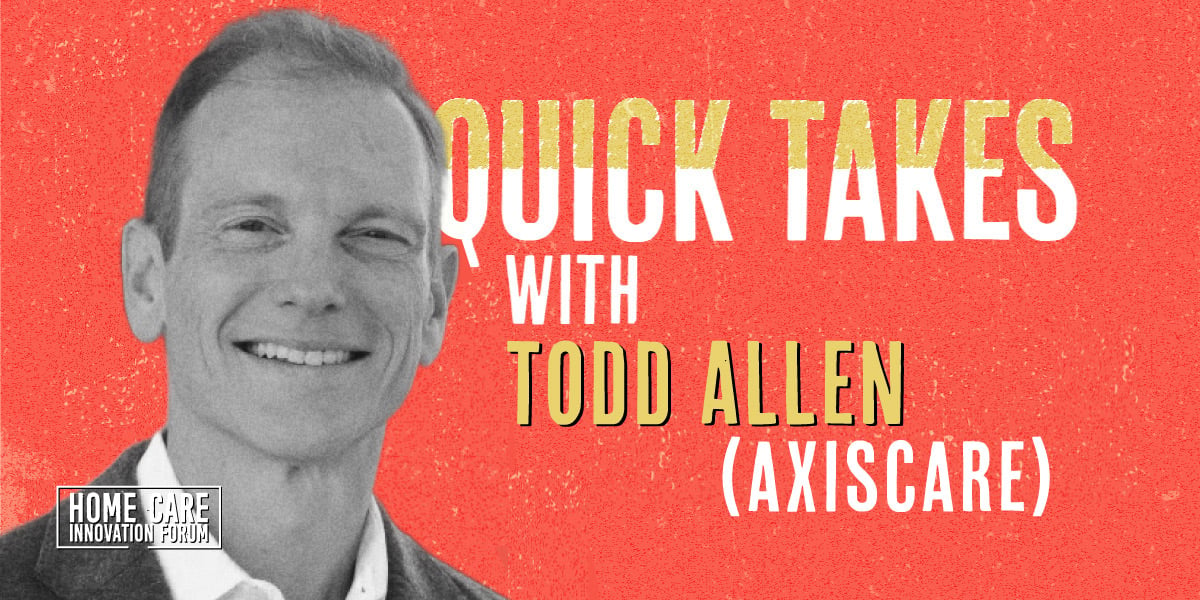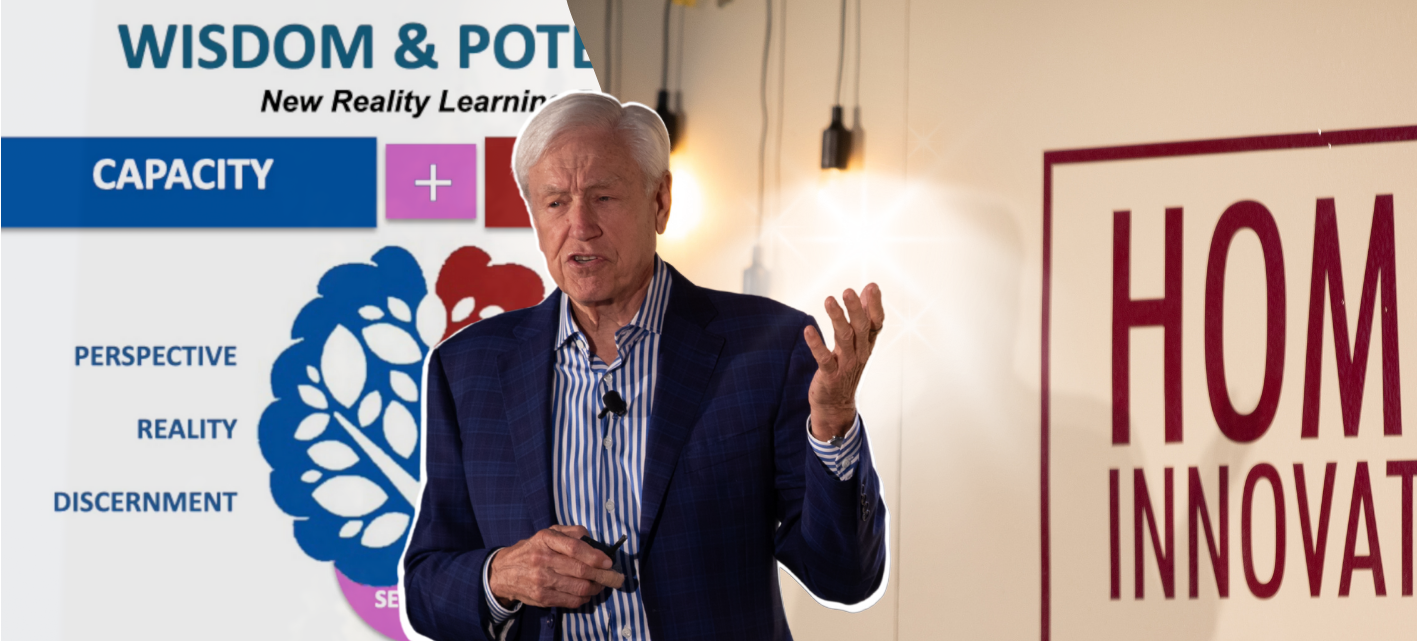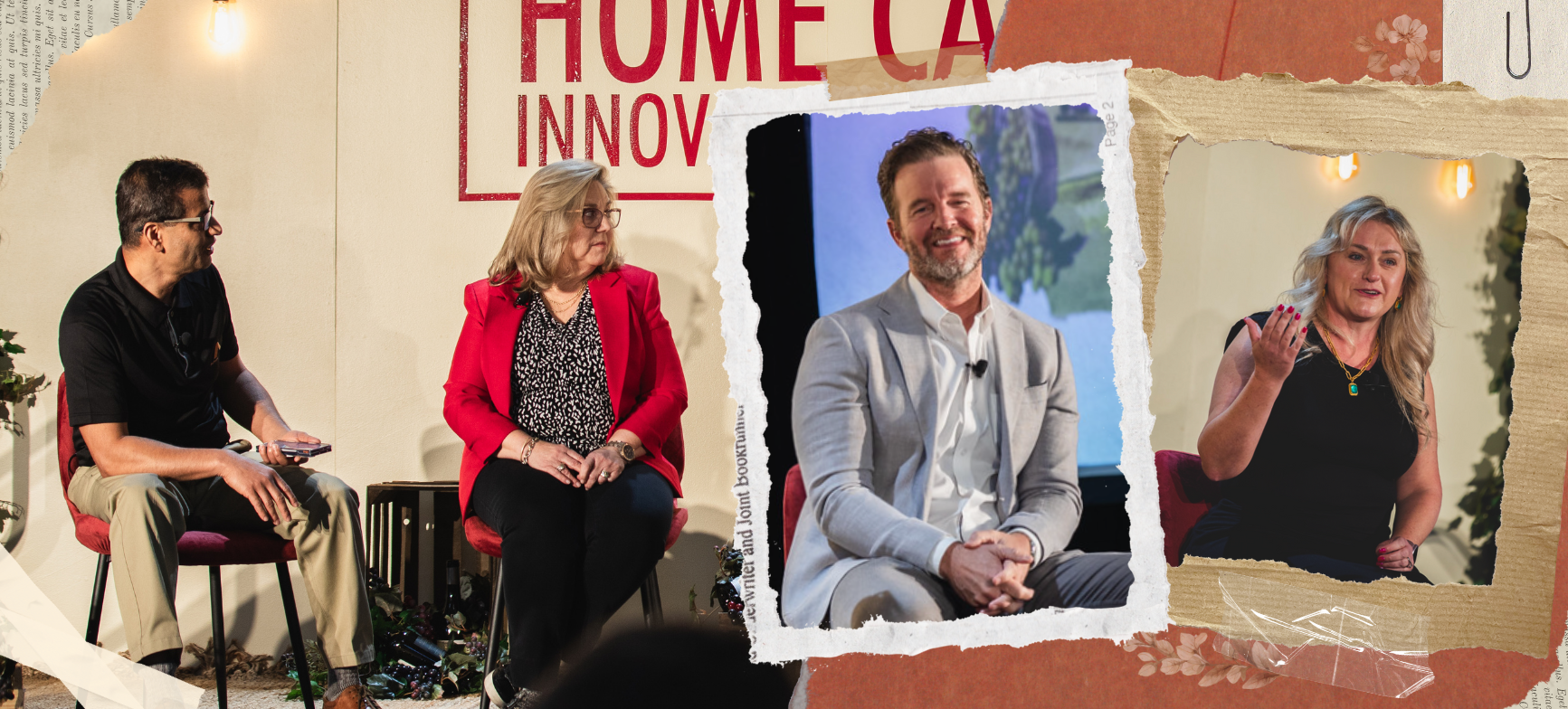Ensuring the accurate logging of client visit information. Caregiver shortages and retention issues. The urgent need to fill open shifts for those in need. In the rapidly growing home care market, pain points abound.
But Waco, Texas-based AxisCare has for over a decade been offering innovative solutions for providers in the home care market. Intent on not taking a cookie-cutter approach to its customer’s needs, AxisCare takes a deep dive into the operations of each of its partners to understand the intricacies of their operations and offer solutions tailored to their needs.
That could mean helping a small or medium size provider unlock different payer sources to expand their business or using behind-the-scenes tech to intelligently match a caregiver with a client – and a whole lot more.
The Home Care Innovation Forum (HCIF) chatted with AxisCare CEO Todd Allen about his company’s unique products, which seek to bolster efficiencies and productivity for a provider’s operations and increase positive outcomes for an operator’s clients.
As Allen puts it, regardless of what issues a provider is looking to solve, “our ultimate goal is to offer one-click simplicity.”
This transcript has been edited for both length and clarity.
Can you give our readers a little background on AxisCare?
ALLEN: We established our company in 2011, but our initial focus was on meticulously preparing for market entry and validating our concept, which the co-founders took very seriously. They launched AxisCare within their own agencies, essentially serving as the beta customers for almost two years.
It was in 2013 that we made our earnest debut in the market. At that point, I joined the company and assumed the role of overseeing day-to-day operations. With a strong sales, marketing, and finance background, I brought a diverse skill set to the table.
However, my understanding of the market truly flourished when I started working with home care clients on the marketing side. Collaborating closely with them to develop their brand, I immersed myself in their world and quickly developed a deep appreciation for the home care industry.
By 2013, our client base was around 30 or 40, and we operated in just a few states. As we approach our 10-year anniversary in August, we now serve clients in all 50 states and have expanded our reach to seven countries. With approximately 2,200 agency clients, we aspire to make a significant impact in the industry. Our growth and achievements have us genuinely excited about the future.
Explain the ability of your software to grow with a provider as it scales.
ALLEN: We cater to a wide range of clients, including small and medium-sized businesses (SMBs), multi-location independent agencies, and large national brands. In the early stages, we focused more on the SMB market, which paved the way for us to venture into larger markets more smoothly. It may sound counterintuitive, but every agency is unique, so we had to truly understand their specific needs. Small agencies are highly attuned to their software requirements. This compelled us to fine-tune our coding approach and dive deep into the intricacies of their operations. As a result, going up-market to work with national brands became relatively easy.
Younger agencies have different demands compared to larger firms and franchise networks. It's a challenge that all software companies face—to strike the right balance between simplicity and comprehensive functionality. Thus, we developed AxisCare. It enables small agencies to effortlessly access essential tools and navigate workflows, while also providing customization options and advanced features like in-depth customer reporting, business intelligence, and other enterprise-level capabilities that larger companies require. I believe we have successfully addressed this challenge, threading the needle between meeting the needs of different agency sizes.
Additionally, there are two other crucial aspects to consider. First, as agencies grow, pricing and unit economics become more efficient. We have incorporated this into our solution by offering pricing based on agency size. As agencies expand, it becomes more cost-effective on a per-unit basis. This ensures scalability for our clients.
In recent years, the industry has seen a diversification in payer sources. In the past, the entire industry was predominantly private duty, where clients paid out of pocket without assistance from insurance or Medicaid. But nowadays, agencies are expanding their capabilities to accommodate different payer sources. This is no easy feat, but we saw the need early on and developed tools to assist agencies in submitting claims and working with insurance companies for long-term care, private pay, and even Veterans Affairs (VA). It's not a linear process, but our software can unlock these capabilities as agencies grow and tap into different payer sources.
How does your platform enhance the ease and accuracy of logging visit information, a task often identified as a significant challenge?
ALLEN: From the outset, we recognized the immense importance of empowering caregivers at the point of care by minimizing any obstacles they may encounter. After all, the entire industry revolves around the interaction between caregivers and clients. Our primary focus centers on this vital connection, which is the heart of our approach.
During the client-caregiver interaction, it is essential for the documentation process to flow seamlessly. If the caregiver encounters friction in this process, it can lead to frustration, which, in turn, adversely affects turnover rates and the quality of care provided. It also creates an uncomfortable experience for the client witnessing such disruptions, while the home office may also face delays or inaccuracies in receiving necessary data. To address this challenge, we developed what we believe is the industry's finest caregiver mobile app.
Our app empowers caregivers with convenient features such as clocking in, updating care notes, checking off ADLs (Activities of Daily Living), and communicating with the home office via messages. Additionally, we handle backend timestamps and GPS stamps in real time. Even in areas without cellular coverage, our app has an offline mode that captures all relevant information, which is then synched as soon as the caregiver regains network connectivity. This feature proves particularly useful in remote locations.
For Medicaid clients, we ensure compliance with EVV (Electronic Visit Verification) requirements, which vary from state to state. It is an integral part of our caregiver-focused approach, ensuring that all documentation is accurately in place.
Another big challenge is filling open caregiver shifts. Tell me how your scheduling solutions makes this simpler and easier.
ALLEN: This is where our software demonstrates its value. The point of care between the caregiver and the client is of utmost importance, and the scheduling component plays a crucial role. These elements are at the core of what we strive to achieve. We focus on efficiently filling shifts, documenting changes, and notifying all stakeholders in real-time.
To achieve this, we have implemented a recommended caregiver feature. Behind the scenes, our system intelligently matches caregivers with clients based on factors such as caregiver availability, proximity to the client, and specific caregiver attributes. For instance, if a client requires a non-smoking caregiver, our system can automatically filter out caregivers who are not a match. This ensures that we provide a tailored list of qualified candidates to fill any needed shift.
In addition, we proactively push open visits to caregivers who are actively seeking shifts and already accepting open visits. This proactive approach helps to ensure that shifts are covered in a timely manner. We also offer an open visit feature, akin to a billboard, where caregivers can proactively request shifts without requiring action from the admin. As long as the status of open shifts is up to date, caregivers can go ahead and express their interest in advance through our caregiver app. The admin can then approve or decline the caregiver's request, facilitating seamless communication and coverage.
By leveraging these features, we create an effective and efficient process for scheduling and filling shifts, enabling smooth coordination between caregivers and clients.
Any new ideas or innovative products in your pipeline right now?
ALLEN: We have record demand for our software, which greatly influences our busy roadmap. Our approach is customer-driven, guided by their specific needs and feedback. Through interactive processes, including input from our advisory group of clients, we continuously refine our way forward.
Some key areas we're focusing on include caregiver retention and satisfaction. For instance, we recently introduced a caregiver satisfaction tool that allows agencies to gauge caregivers' comfort levels with specific clients and address any issues to enhance retention.
We also prioritize Electronic Visit Verification (EVV) for Medicaid agencies to ensure proper reimbursement. Being federally compliant and a recommended vendor in more than 30 states, we continue to expand our EVV capabilities to accommodate changing state requirements. In addition, we have launched VA billing to support our enterprise customers, and we are partnering with Snowflake, a leading data warehouse company, to provide improved data management solutions.
AI is a buzzword in the market, and we approach its integration with optimism while treading carefully. We already leverage AI in areas such as recommended caregivers and predictive coding, saving valuable time for our developers. However, we believe in maintaining the essential human element of the industry and are exploring safe and efficient ways to deploy AI behind the scenes without disrupting client-caregiver interaction. Our commitment is to enhance efficiency while preserving the industry's core values.
What sets AxisCare apart from other suppliers in the space?
ALLEN: Our approach to software development sets us apart in three key aspects. First, we maintain an unwavering commitment to excellent training and customer service. While this may seem expected, we've observed a need for more dedication from other software companies in this regard. Our record demand for AxisCare is a testament to the value we place on going the extra mile for our customers.
Second, we prioritize flexibility. Recognizing the unique nature of each home care agency, even within the same brand or franchise, we made a conscious decision early on to tailor and configure our platform to accommodate individual needs. Due to its nuanced complexities, we understand that a one-size-fits-all approach doesn't work in this industry.
Finally, we take pride in offering the best user experience in the industry. Developed by former home care agency owners, our software embodies their deep understanding of workflows and scheduling efficiencies. This inherent knowledge is seamlessly integrated into our system, resulting in a user-friendly and intuitive interface. Our ultimate goal is to provide one-click simplicity, ensuring agencies can easily navigate and utilize our software with every new feature we introduce.
Posted by
Join us!
The retreat for home health care and hospice leaders innovators.
May 17-19, 2026 | Palm Springs, CA




-2.png)


-2.png)


Comments